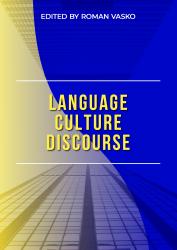The interplay of linguistic means managing the reader's attention: the slow reading method
Keywords:
Language, culture, discourse, cognitive-discursive approach, complex synergistic continuumAbstract
This research explores linguistic means of managing the reader's attention in Coetzee's novels with regard to slow reading method. The paper defines slow reading as a reading technique which aims not so much at construing various textual senses, as at probing those features of the literary text that slow down the process of its reading and comprehension, thus stimulating the reader's deep reflective inferences. It is found that one of the most striking aspects of Coetzee's works, on both formal and semantic levels, is their ludic stylistics, a heuristic artistic phenomenon that defines the ontology of the writer's novels and emerges in the literary text due to the unconventional combinations of various linguistic means. The latter, either individually or jointly, tend to create singular or multiple ludic effects. The hypothesis of the research stems from the assumption that the reading pace of Coetzee's fiction is slowed down by ludic stylistics, which engenders a detailed and deeply reflexive response by the reader. The methodology suggested is based on the cognitive theory of attention distribution with the method of the nodal points as the dominant one. The research results show that ludic stylistics, as a means of slowing down and hindering the act of reading, manifests itself through the ludic effects of structural and semantic accentuation and deaccentuation, instability, tension, ambivalence, indeterminacy, distortion, and lacunarity. Such ludic effects are viewed as the triggers that enable grabbing and maintaining the reader's attention.

LANGUAGE. CULTURE. DISCOURSE
Downloads
Pages
Published
Categories
License

This work is licensed under a Creative Commons Attribution-NonCommercial-NoDerivatives 4.0 International License.

